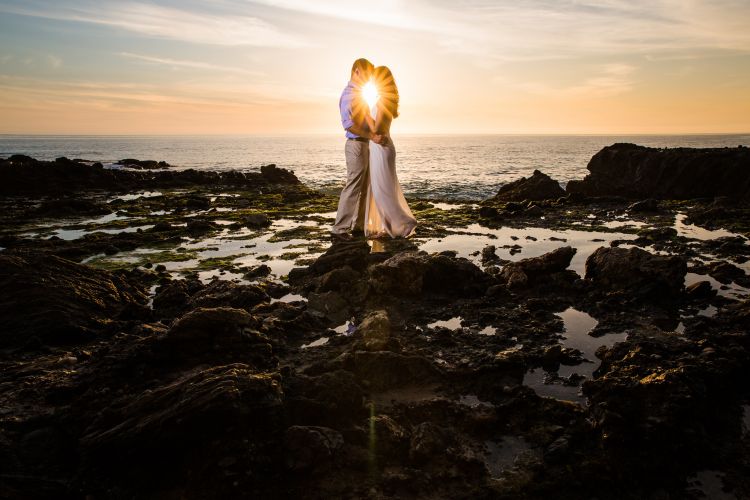In previous articles, we talked about the optimal shutter speed and ISO for shooting HDR photos. Now, we are going to discuss optimal aperture settings for HDR photography. When shooting HDR images, we want to capture as much detail as possible. Each camera lens will have an aperture “sweet spot,” where you can get the most detail and sharpness. However, the lens’s “sweet spot” may not always be the optimal aperture setting when shooting HDR pictures. In this article, we will discuss what exactly a “sweet spot” is, as well as the general rule for optimal aperture settings when shooting HDR photography.
For more information on the exposure triangle in HDR Photography, we’ve also shared the optimal settings for optimal ISO and shutter speed in separate articles.
Optimal Aperture Settings for HDR Photography
The “Sweet Spot”
When shooting HDR photography, the optimal aperture setting will depend on the overall scene and look that you’re after. However, with every lens, there is an optimal aperture setting that will yield maximum sharpness. This is known as the “sweet spot.”
Since every lens has a “sweet spot,” we recommend you look through online resources that will tell you the exact optimal aperture setting for your lens. At apertures below the “sweet spot,” you will start to lose detail due to a thinning depth of field. At higher apertures, your images will start to lose detail due to diffraction, which reduces a bit of the sharpness in your images. As a rule of thumb, a lens’s “sweet spot” will be at around 3-4 full stops above the maximum aperture setting. For example, if your lens is a 2.8 lens, your “sweet spot” will be somewhere around F/8 to F/11.
The Starburst Effect

As mentioned before, the optimal aperture setting is really going to depend on the actual scene and overall effect that we are going for. For example, sometimes we will need to use a wider aperture because we need the extra light, even if it reduces a little bit of sharpness in the image. A closed down aperture at F/16 and beyond will cause diffraction. This may not necessarily be the lens’s “sweet spot,” but we are shooting at F/16 because we want to create a certain effect.
Higher Aperture
Shooting with higher apertures at F/14, F/16 and beyond will create starburst patterns in the lights in our images. Therefore, if we want to create the starburst effect from the sun in our image, we will use a higher aperture setting. That setting will then become the optimal aperture setting for our image. The original “sweet spot” won’t allow us to capture the overall look we want in our image.
Below is an example of what the starburst effect looks like in the lights.

Overall Exposure
When shooting HDR photography, it is important to consider the overall exposure of the image. This can often outweigh whether or not you are shooting at the lens’s “sweet spot.” When you approach a scene, you should consider composition and decide on whether or not you want to create a starburst effect. If these considerations are not that important to you, then just shoot at your lens’s “sweet spot.” Doing so will maximize overall detail in the image. However, if these considerations are important, then you do not need to choose the lens’s “sweet spot.” Instead, choose your own optimal setting that will give you the overall look you want to create in your image.
Conclusion
Shooting at your lens’s “sweet spot” will maximize the quality and detail of your HDR images. However, your lens’s “sweet spots” may not provide the optimal aperture settings, depending on the shot you’re after. For example, when creating a starburst effect, shoot with a higher aperture. The higher aperture that allows you to create the starburst effect will become the new optimal aperture setting.
More Information
If you’d like to dive deeper into HDR Photography, check out our HDR Photography Workshop. We designed the workshop to show you how to create beautiful and realistic high dynamic range photographs. Whether you’re a professional or an avid enthusiast, this 13-hour workshop will guide your journey from prep to post.













